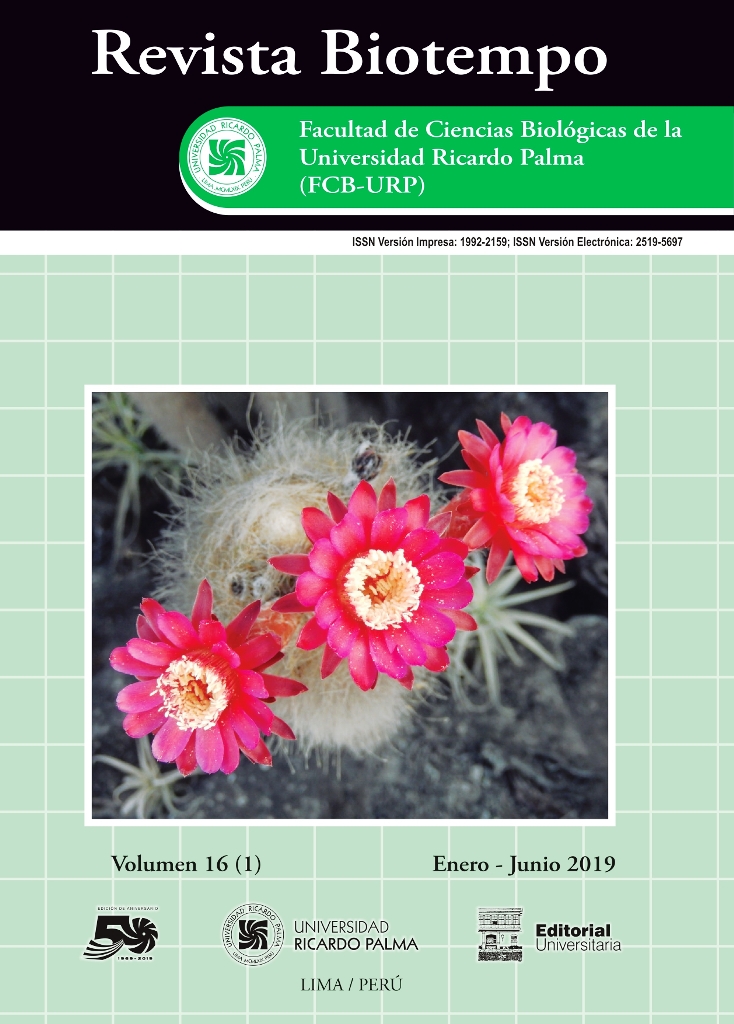DISTRIBUTION AND PREFERRED HABITAT OF FRESHWATER MOLLUSKS FROM JUTIAPA, GUATEMALA
DOI:
https://doi.org/10.31381/biotempo.v16i1.2170Abstract
A list of freshwater mollusks of medical and veterinary relevance for the Department of Jutiapa Guatemala is reported for the first time, including ten species belonging to the families Planorbidae, Pilidae, Th iaridae, Physidae, Hydrobiidae and Bulinidae. Three variants were used in the collections: 1) the different substrates and adjacent vegetation were removed with a bronze sieve, 2) the stones, leaves, and all submerged and fl oating objects (including vegetation) were individually examined or washed in a tray, and 3) the wet and muddy area that borders the hatcheries was checked using a clamp for manual collection. In each variant, after screening, all the contents were poured into a white plastic tray to separate the mollusks. The relative abundance per species was calculated in each hatchery. A brief description of the medical relevance and preferred breeding sites of Melanoides tuberculata (Müller, 1774) and Tarebia granifera (Lamarck, 1816) in natural and polluted habitats was included, as well as for Biomphalaria sp. in freshwater. Reference (voucher) specimens are deposited in the Department’s malacological collection with their respective deposit number.










